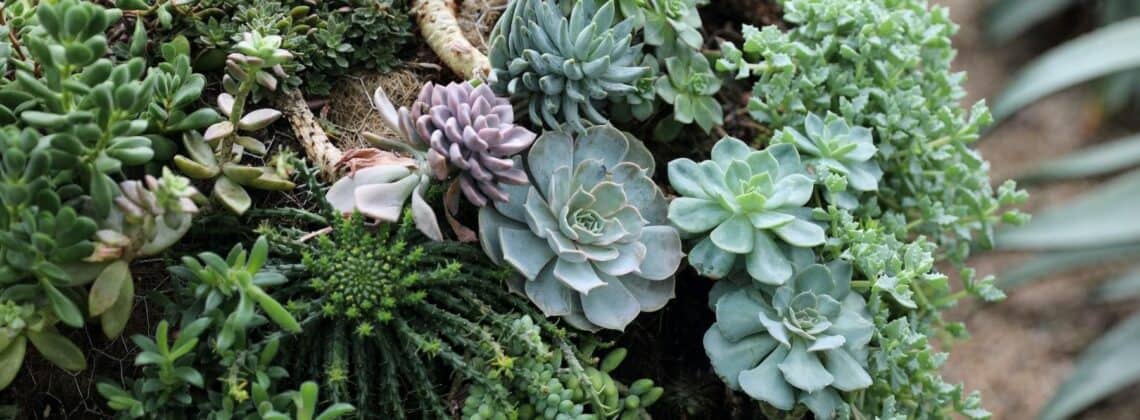
Here’s how to grow drought tolerant plants for xeriscape gardens that save water.
Xeriscaping, commonly known as drought-tolerant gardening, can be spectacular water-saving gardens when planned properly and maintained regularly.
In a nutshell, xeriscaping is landscaping using plants that do not require additional watering above normal rainfall. These gardens are typically advocated in areas prone to drought, such as Arizona. A xeriscape garden is also perfect where the pace of development is outstripping water reserves, such as Los Angeles. Xeriscaping provides a great way to have a great-looking garden without overtaxing the water supply.
Drought Tolerant Plants Save Time and Water
Xeriscaping and desert gardens require a design that minimizes rainwater runoff and evaporation. Fortunately, an interesting selection of flowers, grasses, cacti, shrubs, and trees can do very well in low-water environments. This plant variety provides many exciting design opportunities for a desert garden. Plant varieties commonly used in xeriscape gardens include cacti, agave, lavender, juniper, thyme, and various kinds of sedums. Many semi-tropical plants can survive in protected desert areas as well.
Fewer than 10 inches of rainfall falls annually in most desert areas, making growing plants a serious challenge. In addition, many dry areas also suffer from hard clay-type soils such as adobe. That makes getting water down to deep plant roots especially difficult.
Plant Xeriscape Gardens for Longer Growing Season
On the other hand, xeriscape gardens have distinct advantages as well. For one thing, they enjoy longer growing seasons than gardens in colder climates. In some cases, desert gardens allow avid gardeners to practice their horticultural skills every month of the year. By definition, water bills are lower with xeriscape gardens, making more water available for other uses and needs.
Because of reduced water availability, xeric gardens sprout fewer weeds that need to be pulled. Because xeriscape yards rarely include turfgrass, lawn-mowing chores are reduced or eliminated.
Xeriscape Design Is Clean and Minimalist
In communities that periodically restrict water usage, drought tolerant plants look better and live longer than their water-thirsty peers.
To design a workable and attractive desert or xeriscape garden, try the following:
- Design beds to maximize water retention and minimize water runoff. If gardening in a hilly or sloped area, plant the most water-needy plants at the bottom of the slope. Create a tiled or paved channel so that more rainwater will reach them.
- Chose flowering plants that bloom at different times to keep as much color as possible in your garden. Don’t expect perennials to bloom continuously.
- Remember, there is beauty in all living things. Learn to love the minimalist look of fewer plants and little or no grassy lawn areas.
Maintaining a Xeriscape Desert Garden
A xeriscape garden filled with drought tolerant plants requires far less maintenance than a traditional lawn-dominated yard. But that’s not to say there is no maintenance involved. One tool that is very useful in keeping a xeriscape yard looking tidy is a cordless electric blower.
A cordless electric blower can be used to blow leaves and debris from gravel mulch and other areas between plants. Plus, it is far quieter than a gas-powered model. Read the HG&H story about the Best Cordless Electric Leaf Blowers.
Drought Tolerant Plants for Xeriscape Gardens
When choosing drought tolerant plants for your xeriscape garden, remember to group plants with similar water needs together. For example, cacti and other desert plants should be grouped together. Also, select flowering perennials that bloom at different times during the growing season.
Below are some of the best drought tolerant plants for xeriscape gardens.
Drought Tolerant Plants: Lavender (Lavandula spp.)
Lavender is an aromatic perennial plant that is well-suited to a variety of climates and soil types. This hardy plant has low water requirements and can tolerate periods of drought with ease.
The fragrant flowers of the lavender plant range from various shades of purple to pink, blue, or white. Lavender plants are ideal for creating stunning garden displays, as they are relatively easy to care for and make great-cut flowers. Most lavender plants are cold hardy in USDA zones 5-9.
Lindheimer’s Muhlygrass
Known by the botanical name Muhlenbergia lindheimeri, Lindheimer’s muhlygrass is a drought-tolerant ornamental grass. Growing 2-4 feet high and 1-2 feet wide, it has blue-green leaves and a flowering seed spike that can grow up to 5 feet high.

Flowers start purple and then go to a gray color. Some varieties have red or yellow flowers. This plant prefers full sun and any type of soil. Propagate by seed or root mass division. Lindheimer’s muhlygrass is hardy in USDA zones 7 through 11.
Rosemary (Rosmarinus officinalis)
Rosemary is an evergreen shrub that is native to the Mediterranean region. This hardy and fragrant plant has low water requirements and can tolerate periods of drought with ease.
The leaves of the rosemary plant are dark green and have a lovely pungent aroma when crushed. Rosemary plants make a great addition to home gardens, as they require minimal care and will thrive in most soil types. Rosemary is cold hardy in USDA zones 7-10.
Drought Tolerant Plants: Blue Fescue
Blue fescue (Festuca glauca) is a drought-tolerant evergreen grass. It grows 6 to 12 inches high and 6 to 12 inches wide in a clump form. The grayish leaves are fine and grow to about 12 inches long. The flowers appear as seed heads that grow above the leaves.
Every few years the clumps should be dug up and divided to plant in other locations. Grow blue fescue in full sun with well-drained soil. It can tolerate partial shade and sandy soils. This plant does not tolerate wet soil or high humidity. Propagate by seed or root clump division. Blue fescue is hardy in USDA hardiness zones 4-8.
Yarrow (Achillea millefolium)
Yarrow is a hardy perennial plant that is native to northern latitudes and can tolerate periods of drought with ease. This prolific bloomer has low water requirements and will thrive in most soil types.
The flowers of most yarrow varieties are yellow, but white, pink and red cultivars are also available. Yarrow plants are excellent for creating stunning garden displays, as they flower abundantly throughout the summer months. Yarrow flowers also make great cut flowers. USDA zones 3-9.
Drought Tolerant Plants: Mexican Feather Grass
Also known as Nassella tenuissima, Mexican feather grass is a drought-tolerant perennial with great flowers (see heads). It grows 1 to 2 feet high with dense clumps of fine textured foliage.
Flowers are on a panicle, or branched stalk of clustered flowers, and are greenish. In the fall, it will change to gold-brown. Plant a Mexican feather grass plant in full sun or partial shade and in well-drained soil. Propagate by seed or by division if the plant is large. It will grow well in USDA hardiness zones 7-11.
Aloe vera (Aloe spp.)
Aloe vera is a succulent plant that is native to tropical and subtropical regions. This hardy plant has low water requirements and can tolerate periods of drought with ease.
The leaves of the aloe vera plant are thick and fleshy, ranging in color from green to blue-green. Aloe vera plants make a great addition to home gardens, as they require minimal care and will thrive in most soil types. Aloe vera is a landscape plant in warmer areas, USDA zones 8-11.
Drought Tolerant Plants: Artemisia (Artemisia spp.)
Artemisia is a genus of aromatic herbs and shrubs that are known for their drought-tolerant characteristics. These plants are native to temperate climates and thrive in sunny, dry areas.
An artemisia plant has alternate, sometimes deeply divided leaves which give them a unique look. Many species are valued as ornamentals for their attractive foliage. Artemisia is often considered an herb, either culinary or medicinal, due to its heavily scented leaves and somewhat bitter taste. USDA zones 4-9.
Four-Nerve Daisy (Tetraneuris scaposa)
Four-Nerve Daisy is a drought-tolerant plant that is native to Texas and the surrounding states. It has multiple stems of perky, golden-yellow daisies that fan out gracefully. This small southwestern native plant forms a mat of small, grassy, evergreen foliage. It is a compact, clump-forming perennial that likes it sunny and dry.

The genus name Tetraneuris comes from the Greek words “tetra” meaning four and “neuron” meaning nerve, referring to the four veins in the leaves. Four-Nerve Daisy proves that big things sometimes come in small packages. The mature plant grows to about 1 foot tall from a woody base. Its solitary stem is multi-branched at the base forming a clump. Tetraneuris scaposa is an ideal choice for xeric flowerbeds due to its toughness and drought tolerance. USDA zones 4-9.
Zexmenia (Wedelia acapulcensis var. hispida)
Zexmenia is a drought-tolerant perennial native to the southwestern United States and Mexico. It is an herbaceous shrub that grows from 1.5 to 3 feet tall, with woody stems at the base and herbaceous leaves in the upper parts. Zexmenia produces yellow-orange daisy-like flowers on and off in late spring through fall. So, it’s a great source of summer color.

This hardy plant is easy to grow and thrives in rocky soils. But it is also adaptable to other soil types as long as there is good drainage. It can tolerate both full sun and partial shade and requires little maintenance once established. Zexmenia is long-lived, drought-tolerant, non-aggressive, and requires minimal water or fertilizer for optimal growth. This warm-loving plant grows in USDA zones 8-11.
Perennial Lupine
Perennial lupine is a great choice for gardeners looking for a drought-tolerant plant. Growing from 12-36 inches tall and 12 inches wide, this hardy perennial requires very little maintenance and is deer resistant.
Lupine is an herbaceous perennial plant with foliage that resembles palm leaves with seven to 10 leaflet segments each. It blooms in late spring with spikes of blue and bluish-purple flowers. It’s a showy addition to any meadow or garden bed.
These plants are hardy, require minimal watering, and are well-suited to home garden climates. Plant this dependable flowering perennial in USDA zones 4-8.
Drought Tolerant Plants for Your Xeriscape Gardens
Xeriscape gardening offers great opportunities for water conservation. But that’s just the beginning. A xeriscape garden filled with drought tolerant plants offers spectacular curb appeal and visual beauty.
Most people used to think that xeriscaping meant dull, boring gardens. But that’s no longer true. Place xeric plants in intriguing clusters. Don’t be afraid to stagger plant heights so your xeriscape garden looks different from every angle of the yard. Use a variety of flower colors and plant textures. And you’ll find the drought tolerant plants for xeriscape gardens have their own special beauty.
About the author: Bianca Ward is a thematic essay writer and content creator with a passion for crafting unique stories on KingEssays. She has over 10 years of experience in writing, editing, and consulting with top brands and organizations.




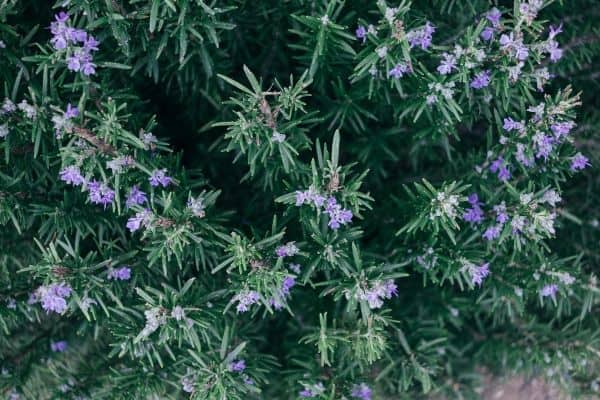
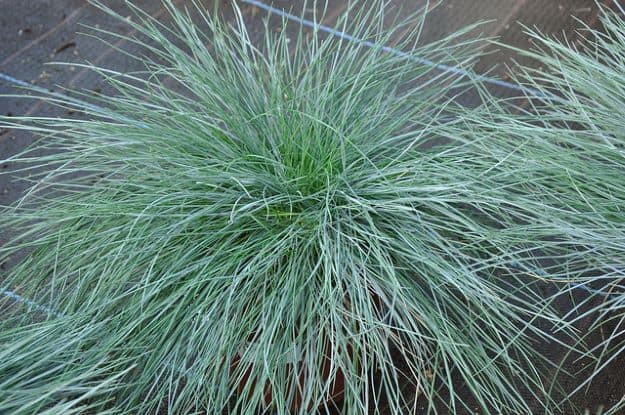
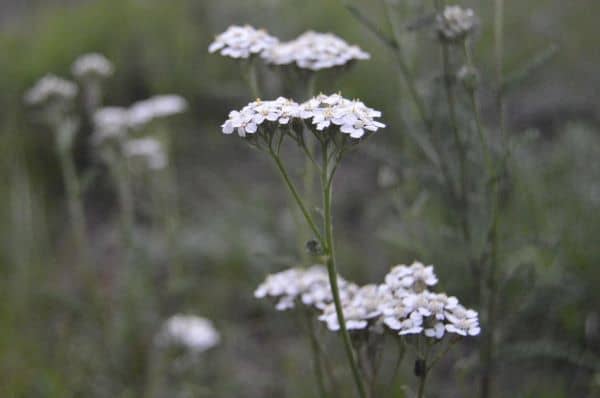
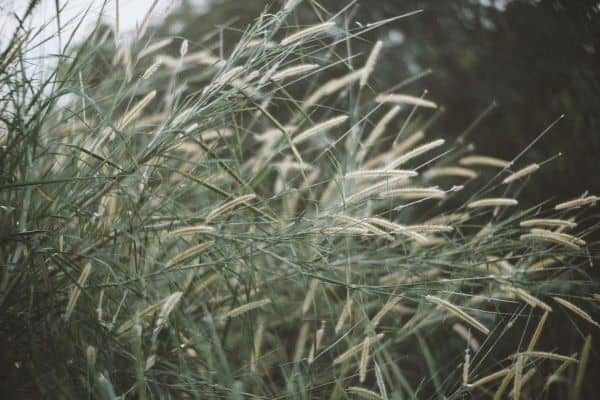

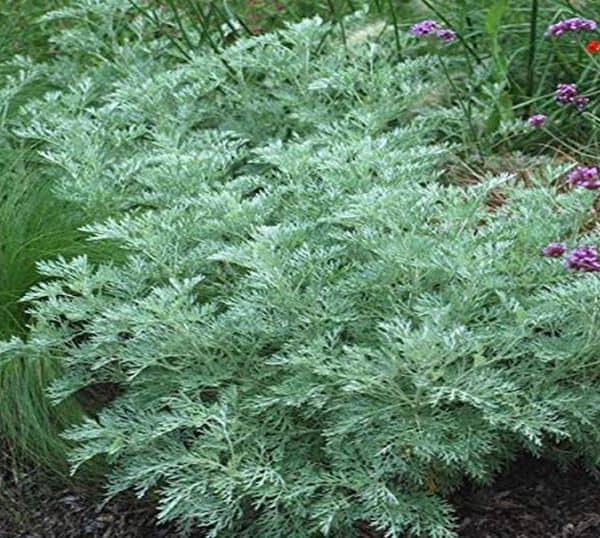
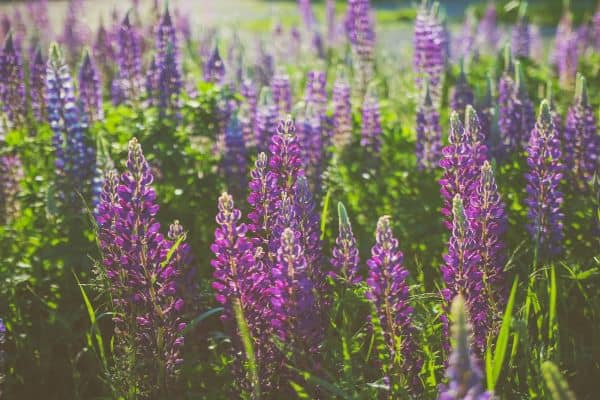

Leave a Reply